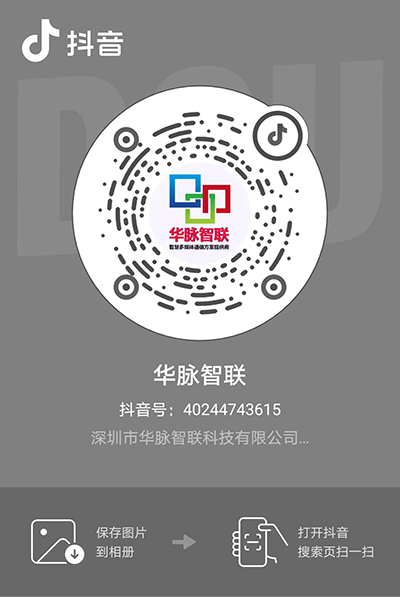Public Network Trunking Communication System (PoC): A Powerful Tool for Command and Dispatch in the Information Age
Time:2025-04-07
Views:223
In the current information age, Public Network Push-to-Talk (PoC) systems have become an ideal choice for various industries, particularly in command and dispatch fields, due to their easy deployment, low cost, and powerful functionalities. Compared with traditional private network trunking systems, public network PoC systems leverage public internet services like 4G/5G, offering advantages such as simple infrastructure, flexible usage, and cost-effectiveness. Their features encompass voice dispatch, video dispatch, GIS-based dispatch, and integration of services like audio/video communication, video surveillance, and personnel positioning, making them especially suitable for industries requiring efficient coordination and emergency communication. The deployment process for public network PoC systems is relatively straightforward when following key steps.

First and foremost, a reliable network environment is essential for deployment. As the system relies on internet connectivity, sufficient bandwidth and a public IP address are required to enable communication between terminals and the dispatch server. If a public IP address is unavailable, cloud deployment solutions—such as hosting the dispatch server on platforms like Alibaba Cloud or Tencent Cloud—can be adopted. This approach not only resolves network challenges but also reduces the need for physical infrastructure and equipment investment.
Next, the dispatch server serves as the core of the system, providing all communication and dispatch functionalities. Dispatch server software typically supports open SIP protocols, enabling voice dispatch, video dispatch, GIS-based dispatch, and more. Depending on requirements, users can choose to deploy the server in their own data centers (with a public IP) or opt for cloud-based hosting.
For terminal devices, public network PoC systems support various smart terminals, particularly ruggedized devices pre-installed with specialized apps. These terminals often feature dedicated PTT (Push-to-Talk) buttons for instant communication. High-end models may include large touchscreens and high-definition cameras to support video dispatch and remote monitoring. IoT-enabled SIM cards are typically required for data connectivity via carrier networks. Notably, the system’s reliance on VoIP technology minimizes data consumption, significantly lowering operational costs compared to traditional communication methods.

Gateway devices also play a critical role in system integration and expansion. To achieve interoperability with other communication systems, different gateways can be deployed. For instance, telephony gateways enable integration with phone systems, while trunking gateways bridge public and private network radio systems. Video gateways or UAV-specific gateways may be added for integrating surveillance systems, drones, or video conferencing. These gateways streamline deployment while enhancing system stability and security.
Overall, self-hosted public network PoC systems offer flexibility and scalability, ideal for users requiring customized features or deep integration with existing infrastructure. By building their own platforms, organizations can select suitable terminals, configure IoT connectivity, and integrate additional services like video surveillance, UAVs, or telephony systems. While technical expertise is necessary, the process remains manageable with clear requirements and proper budgeting.
In conclusion, self-deployed public network PoC systems not only fulfill customized communication needs but also deliver efficient and reliable services for command and dispatch scenarios. For users handling large-scale coordination or emergency response, this model represents an optimal solution.


 scan
scan
 15818654305
15818654305
 Room 436, Building 51, Qiongyu Road, Yuehai Street, Nanshan District, Shenzhen City, Guangdong Province
Room 436, Building 51, Qiongyu Road, Yuehai Street, Nanshan District, Shenzhen City, Guangdong Province


